In 2024, the world celebrated World Ranger Day. The spotlight was cast on the tireless efforts of wildlife rangers across the world. They risk their lives daily to safeguard the continent’s wildlife from the ever-looming threat of poaching. These brave individuals patrol national parks day and night, fighting to protect endangered species like elephants, giraffes, and gorillas. Wildlife protection ensures that Africa’s rich biodiversity can continue for future generations.
The Role of Rangers in Repelling Poachers
Wildlife rangers play a critical role in the fight against poaching. Their day-to-day duties involve patrolling vast landscapes, often with limited resources, to track poachers and prevent illegal hunting. Whether it’s walking through the dense forests of Bwindi Impenetrable National Park or monitoring the savannas of Murchison Falls National Park, rangers are on constant alert, facing dangerous and unpredictable encounters. The rangers’ presence alone serves as a deterrent to would-be poachers, and their vigilance helps protect animals like elephants and giraffes, often the most targeted species.
Poaching during the COVID-19 Pandemic
The global COVID-19 pandemic presented unprecedented challenges for conservation efforts. With tourism halted and fewer eyes watching over the parks, poachers took advantage of the situation, and illegal hunting surged. Wildlife rangers were the first line of defense, stepping up to combat the increase in poaching. These rangers worked tirelessly, to ensure that the wild animals were kept safe, despite their safety being at an even higher risk.
Phones and Social Media in the Fight Against Poaching
As the fight against poaching intensified, technology became a powerful ally. Phones and social media campaigns have helped raise awareness about anti-poaching efforts. They provide rangers with critical information on poaching activities and help to mobilize resources more quickly. These tools also empower communities to report suspicious activities and play a part in protecting the wildlife.
Challenges Faced by Wildlife Rangers
Despite their efforts, rangers face significant challenges. Many national parks, have porous borders. It makes it easy for poachers to access wildlife areas. These vast, unguarded entry points are often exploited by poachers who know the terrain well and can escape detection.
Wildlife rangers are also up against sophisticated poachers. They use advanced weaponry and tactics. On top of this, human-wildlife conflict exacerbates the problem. Local communities sometimes resort to harmful practices like poisoning or physical confrontations to protect their crops and livestock from wildlife.
Initiatives Supporting Conservation and Anti-Poaching Efforts
To help support the work of wildlife rangers, several initiatives and funds have been created. Examples include, Uganda Conservation Foundation, Conservation Through Public Health (CTPH), World Wildlife Fund and community-led efforts like Save Wildlife Uganda have provided much-needed financial and logistical resources. These initiatives have helped to reduce poaching and also contributed to the recovery of species populations, such as elephants, gorillas, lions and giraffes.
This has influenced how communities perceive national parks and the animals within them. The program has helped build a foundation for long-term conservation success.
Poaching’s Devastating Impact on Wildlife
Poaching doesn’t just lead to the death of animals; it can also cause horrific injuries. Many animals, in their attempt to escape traps and snares, suffer severe injuries like amputations or infections. This can also lead to death if left untreated. This highlights the cruelty of poaching and underscores the urgent need for stronger conservation efforts.
Wildlife-Human Conflict and Habitat Encroachment
Another major challenge facing conservation efforts is the increasing human-wildlife conflict due to habitat encroachment. Agricultural expansion, land degradation, and fragmented landscapes continue to threaten wildlife habitats. Animals and humans have been forced into closer proximity. Thus in some cases, local communities feel that their livelihoods are threatened by wildlife. This can lead to confrontations like the tragic incident with Rafiki the gorilla in Bwindi Impenetrable National Park. The Silverback was killed in a conflict with humans.
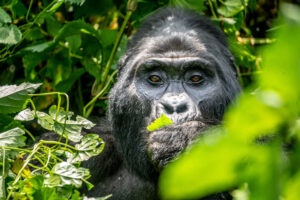
To address this, community engagement has become an essential part of conservation. Efforts have been made to equip and train communities on how to safely deter the wild animals. The Wildlife authorities have set up electric fences around protected areas like Murchison Falls and Queen Elizabeth National Parks. At Queen Elizabeth National Park, trenches have been dug by locals like Bukorwe Deo who prevents elephants from crossing into human settlements, significantly reducing conflict.
Community Initiatives key to Sustainable Conservation
Community involvement in conservation is essential for long-term success. Initiatives that provide alternative income sources are helping to shift perceptions of wildlife from a threat to a valuable asset. Programs led by Save Wildlife Uganda, in partnership with Rafiki Safaris, are educating communities on the benefits of conserving wildlife. It shows local communities that they can prosper alongside wildlife. These initiatives are helping to build a future where both people and animals can thrive.
A Collective Effort to Protect Africa’s Wildlife
Poaching remains a critical threat to Africa’s wildlife, but with the continued dedication of wildlife rangers and the support of conservation initiatives, there is hope for the future. As we celebrate the efforts of wildlife rangers, we must also recognize sustainable conservation. It requires a collective effort from governments, communities, and organizations. With continued support, poaching can be curtailed. Therefore, Africa’s unique wildlife can continue to flourish for generations to come.
Wildlife Conservation for future generations
Rafiki Safaris remains committed to supporting wildlife conservation efforts in Uganda. It will work closely with communities to protect endangered species and ensure that wildlife thrives in its natural habitat.

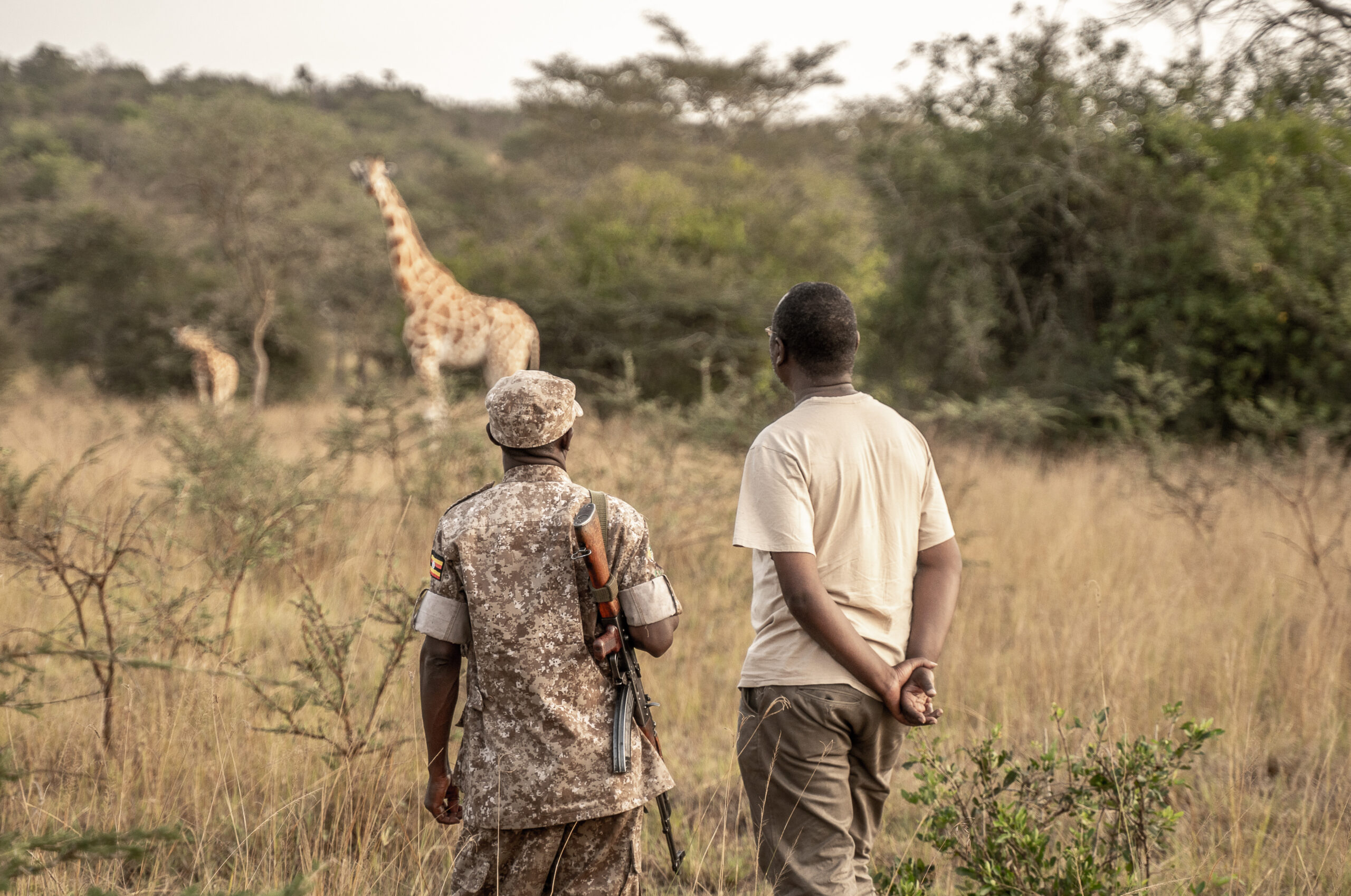
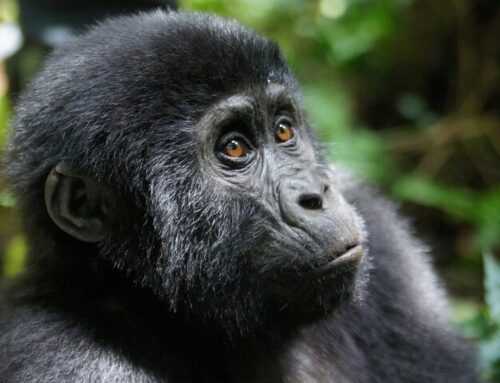

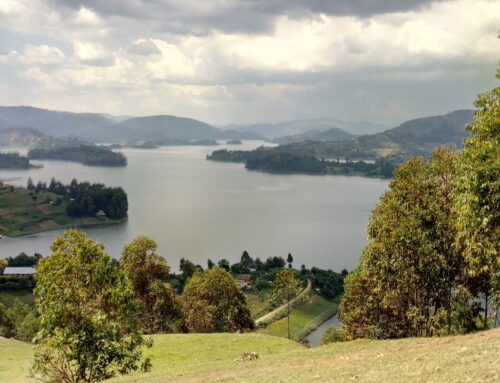
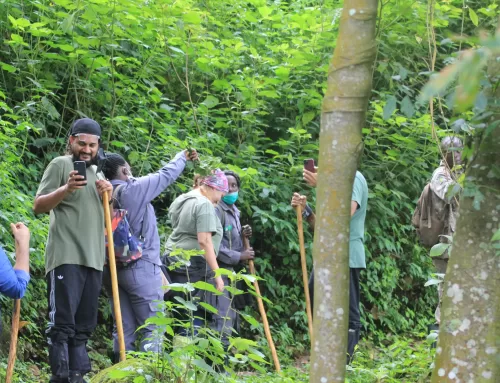
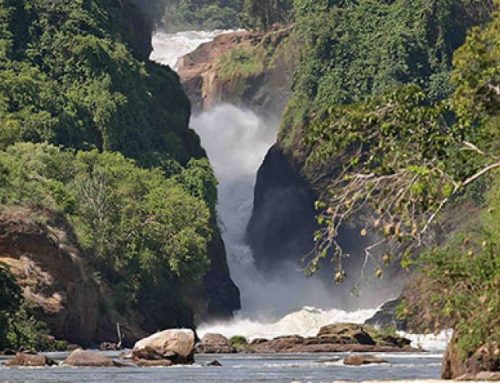
Leave A Comment